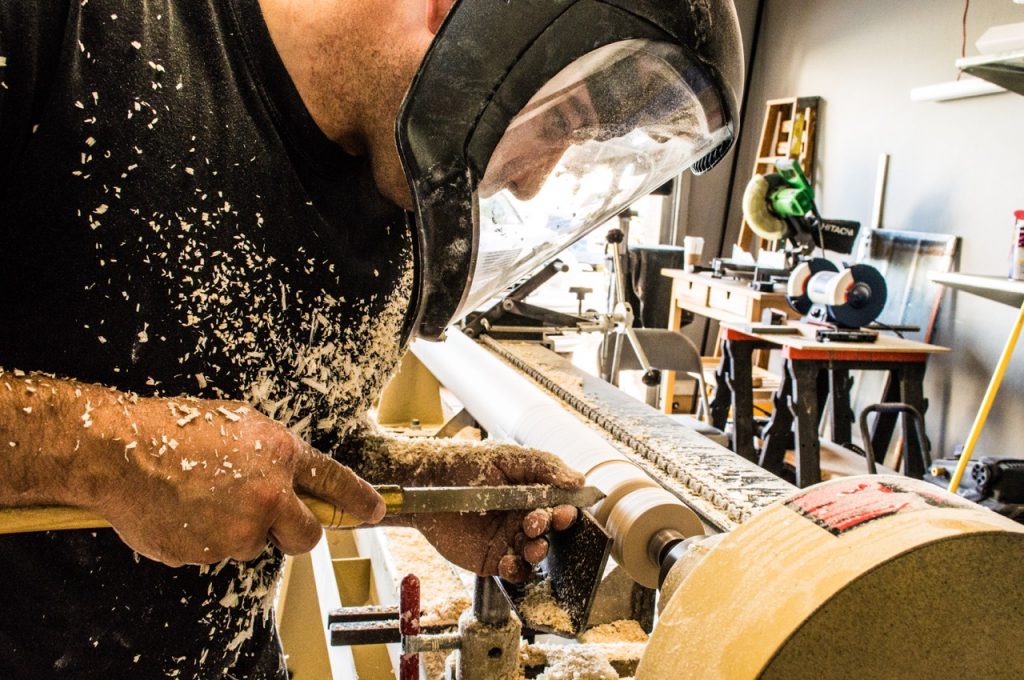Found in cultures worldwide, carpentry is one of the oldest construction techniques. This trade has evolved over time, with modern carpentry incorporating new materials, methods and applications.
Now an umbrella term for a number of techniques and processes, carpentry in today’s society involves a range of building materials, rather than just wood.
Regardless of if you’re thinking of pursuing a career in woodworking, wanting to study our CPC30211 Certificate III in Carpentry, or simply looking to build on your skillset, it’s important to know where a career in carpentry can take you.
Woodworking, joinery and carpentry remain highly specialised crafts, and their timber products are in high demand for on-trend and prestige homes. While the basics of many types of carpentry can be taught in a Certificate III in Carpentry, they take a lifetime to perfect, making carpentry a lifelong passion for craftspeople up to the challenge.
We took a closer look at some of the traditional woodworking techniques and carpentry methods from around the world, and how they have made their way into modern homes. Read on to find out more.
French Parquetry
French Parquetry is a high-end technique, traditionally found in flooring, however can be used in ceilings and timber furniture pieces. This technique is made using small blocks of wood, which are then arranged with care into a mosaic or pattern to create a visually interesting effect. The pattern itself varies, though common parquetry designs are the angular styles of herringbone and chevron.
Parquetry is an exercise in precision. Exact joints and tight margins are essential in order to achieve the clean geometric lines that feature in the end result. Today, this technique is carried out by specialised joiners.
The word originates from the Old French ‘parchet’, meaning a small or enclosed space, and the technique can be seen in some of the most famous examples of French architecture throughout history, including Louis XIV’s Palace of Versailles.
In Australia, a Certificate III in Carpentry is usually geared towards building and construction, however the qualification offers you the perfect opportunity to develop your practical skills as an apprentice in any area you see fit. Once learned, you can use these to specialise in other fields in the future.
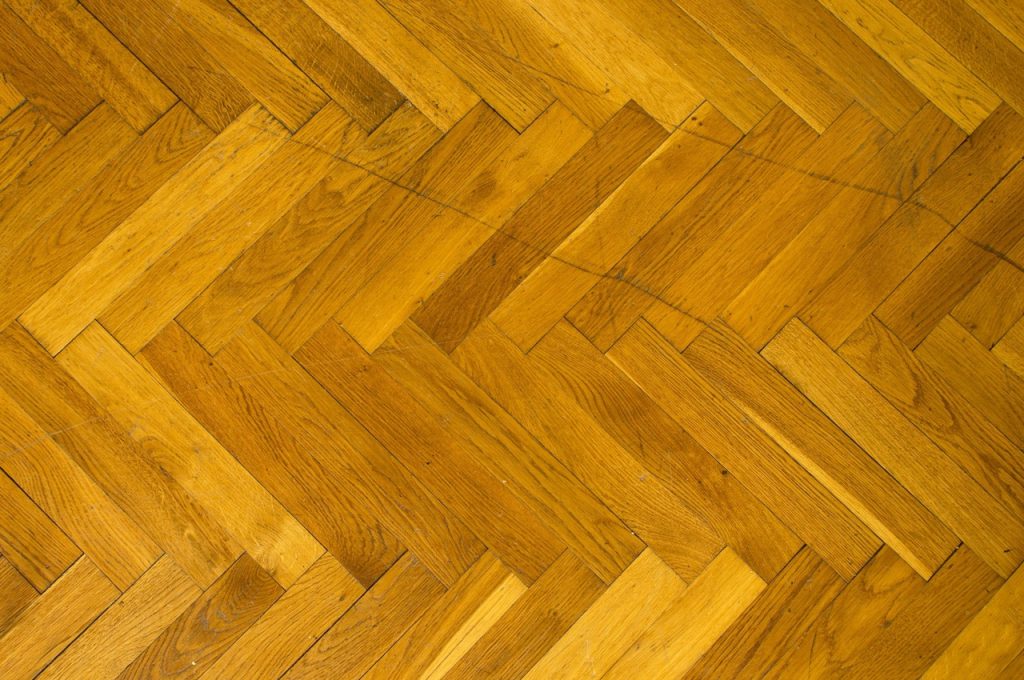
Sampo-Zashi Joinery
This Japanese joinery technique brings together four pieces of timber in an elegant, nail-free design, and is often reserved for the most experienced joiners and carpenters. It combines the strength of the interlocking dovetail joint, with the intricacy and precision of the puzzle-like mortise and tenon joint.
In Japan, there is a preference for timber-only construction. The common explanation for this is that timber has a natural ability to absorb shock, meaning that structures built from this material are able to withstand earthquakes and high winds better than other materials might do.
By starting your Certificate III in Carpentry you’ll not only get exposure to building and construction onsite, but you’ll gain the skills necessary to practice techniques like this at home.
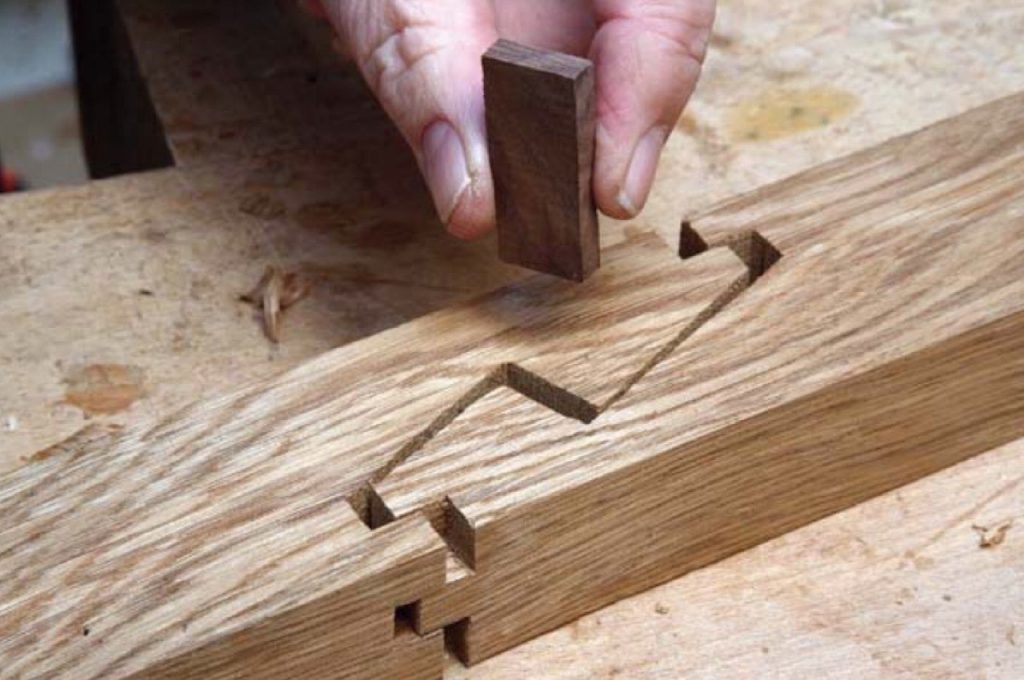
Dongyang Wood Carving
Delicate and ornate wood carvings in China reached their peak during the Ming and Qing dynasties, and the influence of this technique is still evident in modern China today.
There are three major woodcarving cities in China, one of which is Dongyang, Zhejiang Province. This city’s woodcarvings are known for their unique style, featuring deep dimension, rich compositions, and depictions of horses, lotus flowers and people.
If this style of woodcarving interests you, then why not combine it with the skills learned in a Certificate III in Carpentry to craft Chinese-inspired cabinetry or feature furniture pieces?
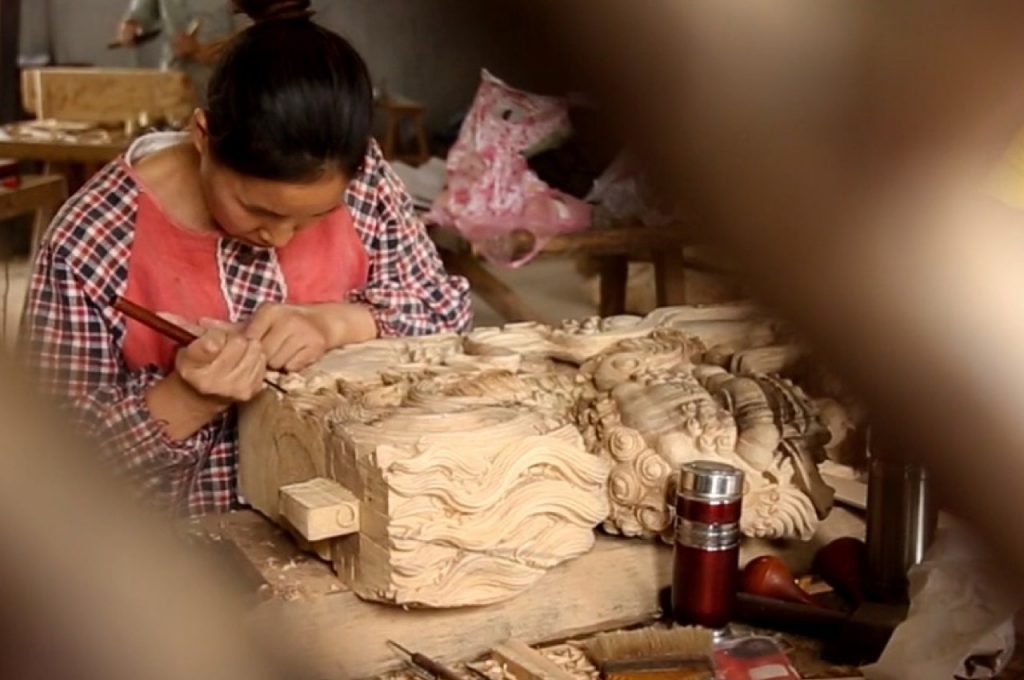
Danish Furniture Design
While this takes a step away from traditional work in the building and construction industry, there are many essential, transferable skills you can take from carpentry into a career in furniture design. No matter where you are in Australia, a Certificate III in Carpentry can help you on your way.
Danish furniture thrived in the middle of the twentieth century, from the 1940s through to the 1960s. Designer Kaare Klint revolutionised the early interpretation of clean, modern lines, and the Bauhaus movement he represented is still alive today.
During this time, the mainstream design world cared more about functionally than aesthetics. It was designers such as Klint who helped to bring about an era that appreciated both form and function, allowing Danish furniture it’s moment to really shine.
Typically, Danish modern furniture uses rich materials, like natural teak hardwood and buttery leathers, thus ensuring the piece is of high quality, and has definite longevity.
Today, furniture remains Denmark’s fifth most important export. This goes to show the impact well-trained carpenters and joiners can have on the world, both in the design world and the building and construction industry.
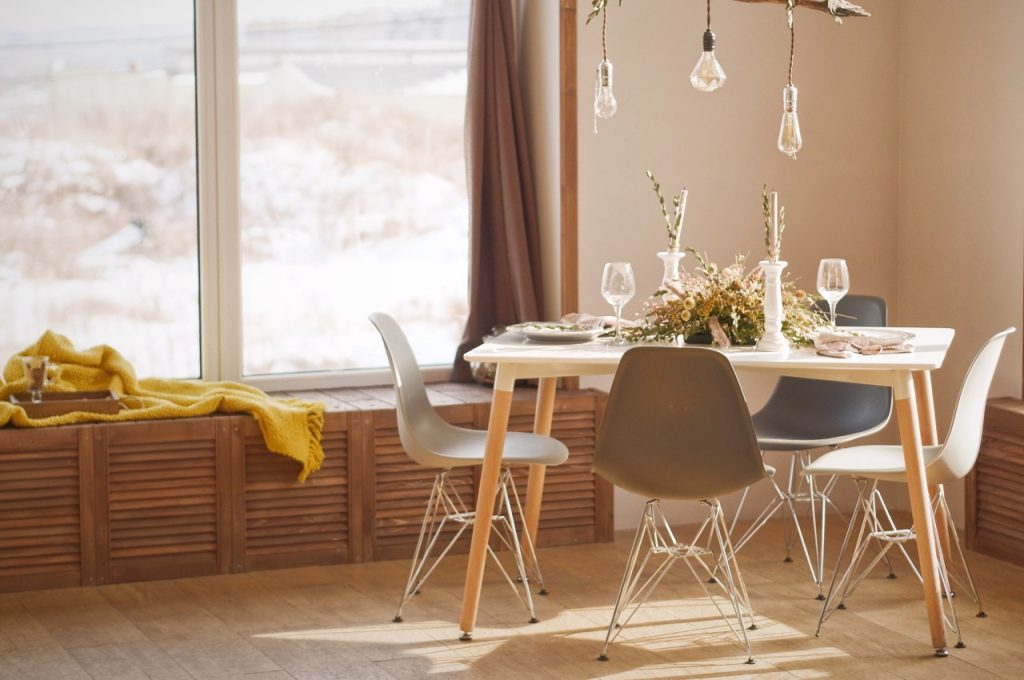
In an industry so fixated on keeping ahead of advancements in technologies and improving efficiencies, it can be easy to lose sight of the joy and value of hand-crafted pieces. Although prefabrication, robotics and automation have their place in industry, the craftsmanship carpenters bring to their trade is irreplaceable.
If you are interested in making a career for yourself in the world of woodworking, joinery or carpentry, then your education begins with Certificate III in Carpentry. The craft of these roles is one of their shining features, and our course can help arm you with the skills you need to succeed.
Get started today by studying a Certificate III in Carpentry right here in Australia. Contact us here, or call 1300 4 CWBTS to start the next step in your carpentry journey.
If you’re interested to learn more about Carpentry in other states like Victoria, visit CERTIFICATE III IN CARPENTRY (CPC30220).


